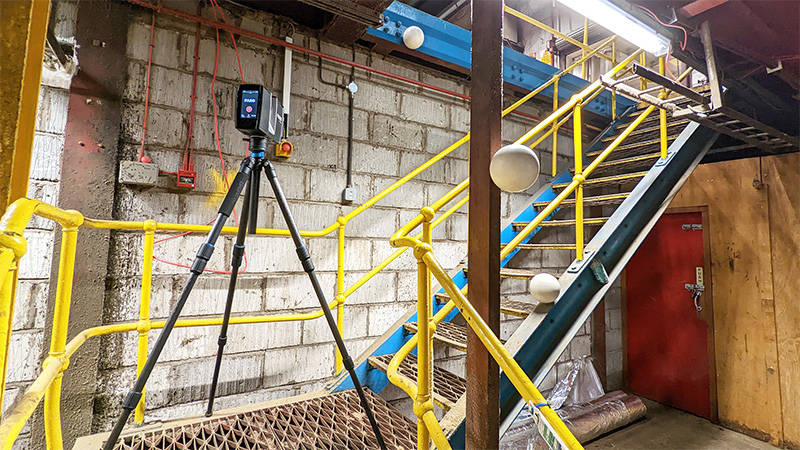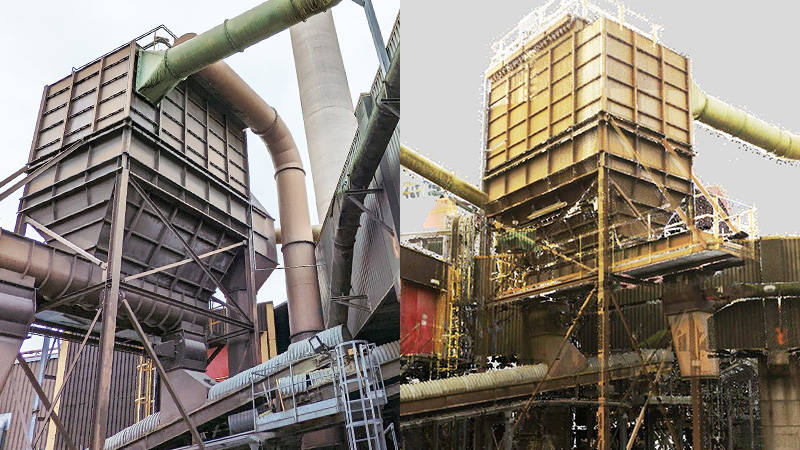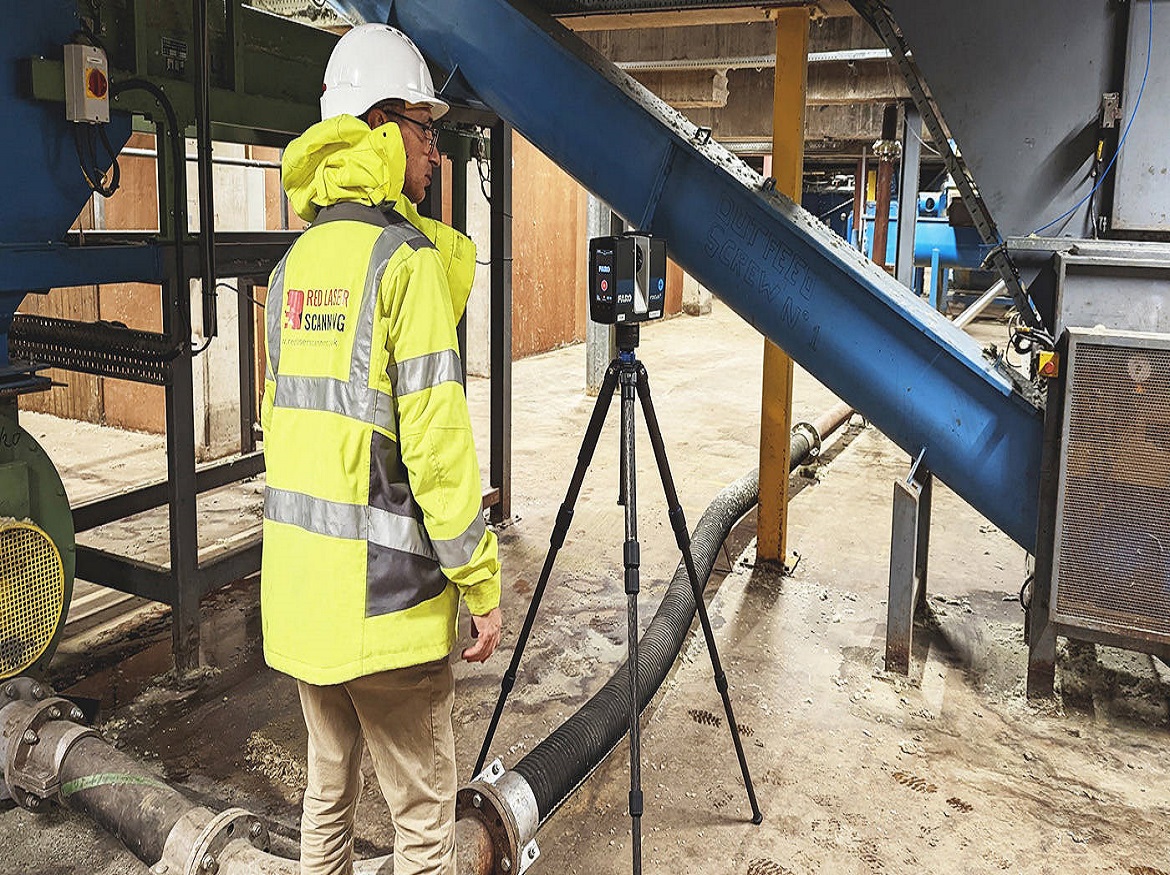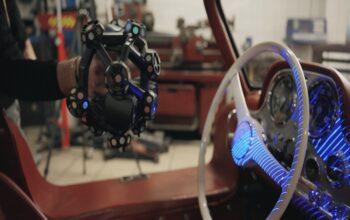Making errors or realizing them too late in the design phase can cost tens of thousands of pounds in lost time and rework when it comes to categorizing and defining a manufacturing layout.
Unfortunately, layouts aren’t always up to current or accurate, which raises some questions when it comes to installing new machinery and constructing new facilities. Employees must travel to the site to do measurements, take pictures, and make notes in order to retain crucial information and prevent errors. This results in wasted transportation.
The good news is that manufacturing businesses can benefit from a number of opportunities brought forth by laser scanning technology. Modern point cloud software and apps enable the work of the layout design process with significant speed and efficiency, proving that the technology may be profitable.
Laser Scanning Put to the Test
Red Laser Scanning, a measured building survey and 3D laser scanning company with offices in London that serves the architecture, construction, and infrastructure industries, recently offered its professional expertise to a ROCKWOOL Ltd factory in Wales, demonstrating the effectiveness of 3D laser scanning. The company offers a complete line of high-performing and environmentally friendly insulating solutions for the building sector. It has one factory in Bridgend, South Wales, and over 500 people nationwide.
To establish the interfaces with the equipment improvements required as part of their as-built capture and modeling, the company in this example intended to document a 9,585 m2 region of their South Wales facility.
Red Laser Scanning used a complete station, a FARO® Focus S70, and a FARO® Focus Premium Laser Scanner to accomplish that goal. Scans were registered to utilize target registration with spheres, checkerboards, and manual targets. Registration is the act of aligning numerous scans in a parent coordinate system using reference points common amongst scans. Survey control was also used with red laser scanning.
Since most of the equipment was installed near one another, measuring the factory’s restricted spaces with the Focus scanner posed one of the project’s biggest obstacles. Red Laser Scanning had to perform numerous additional scans, situating the scanner in the spaces between the pieces of apparatus, in order to obtain all the necessary details.

The Results Are In
The project was successfully completed with the delivery of a point cloud of the relevant area thanks to the company’s experience and FARO technology, which includes hardware, software, and its cloud-based SaaS collaborative platform.
Data was given in Autodesk® RECAP (.rcp) format after being processed and registered in FARO SCENE Software. Users of SCENE can produce stunning 3D visualizations of actual items and settings and export that data in a number of different formats. FARO WebShare, a web-based project management solution, helped Red Laser Scanning as well.

Red Laser Scanning’s wide range of tools once more demonstrated their value in terms of a number of parameters, including data visualization and communication, the capacity to quickly capture extensive information, and simulation and verification of that data.
The company’s Business Development Manager, Nick Forrest, elaborated and listed further benefits of utilizing FARO technology:
- Point cloud power — The point cloud is a great information carrier that makes it simple to utilize as a meeting visual aid or just to jog your memory of a place. Additionally, it gives the option of remotely inspecting and viewing a spot.
- Formidable measuring possibilities — The measurement options enable single point and distance readings without worrying about obstructing objects. To some extent, this technique can take the place of the existing procedure for determining how flat a floor is in structures.
- Sophisticated software — Advanced simulations and verifications of present and future plans, models, and installations can be carried out using software like SCENE. Additionally, existing 2D layout drawings or 3D models can be added and checked in relation to the point cloud, and different aspects of the point cloud can be colored, concealed, removed, duplicated, or changed. And clash collision or differencing can imitate the attached items.
Future FARO Success
In the end, the Red Laser Scanning team said that using FARO 3D laser scanning technology, notably the Focus scanner, allowed the ROCKWOOL project to be completed substantially more quickly and cost the business significantly less money. Also benefiting significantly, ROCKWOOL declared that it would continue to use red laser scanning for facility renovations and improvements going forward.
“We aim to build long-lasting relationships with industry professionals, by delivering efficient service, high-quality and accurate as-built drawings and models, and a flexible approach,” Red Laser’s managing director Pawel Sipta stated. Additionally, the FARO Focus Premium Laser Scanner aids in achieving that objective.
Credits: FARO
Click on the following link Metrologically Speaking to read more such case studies about the Metrology Industry.









